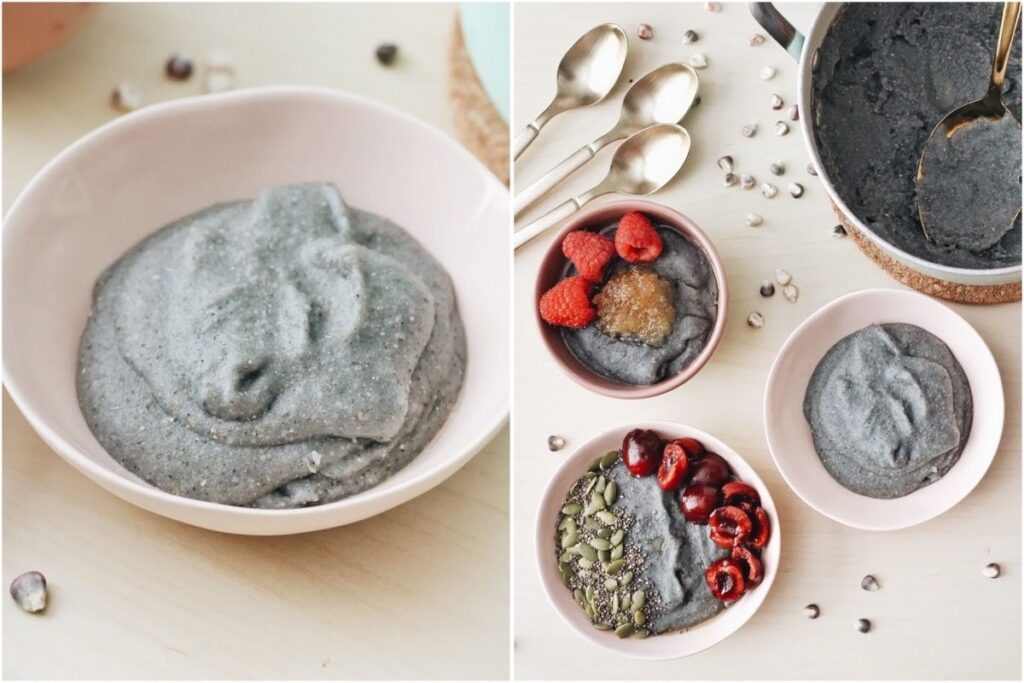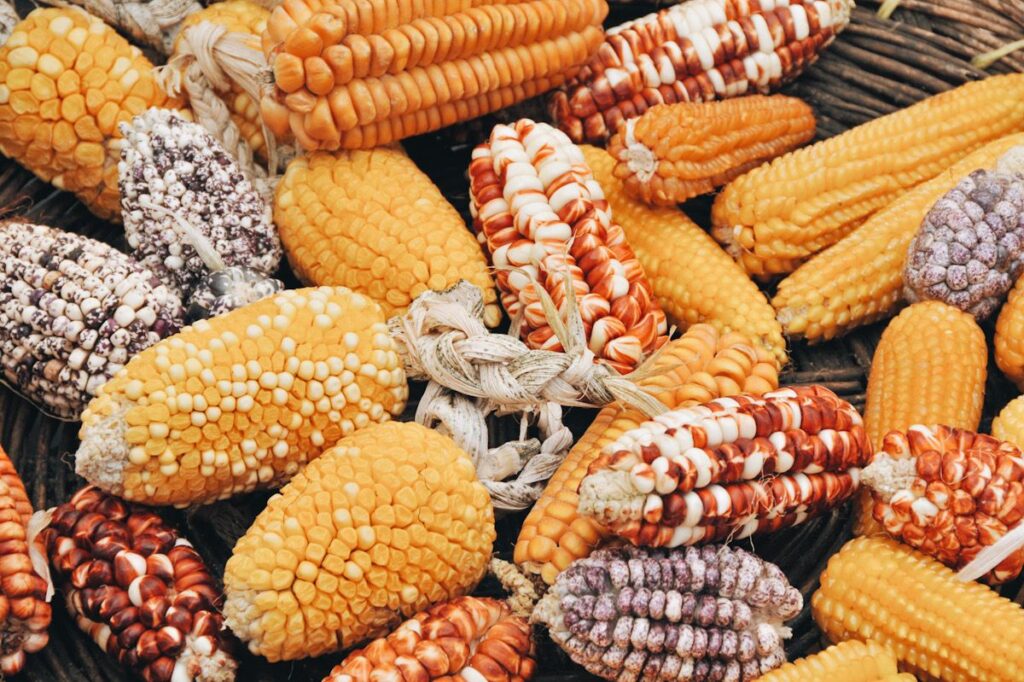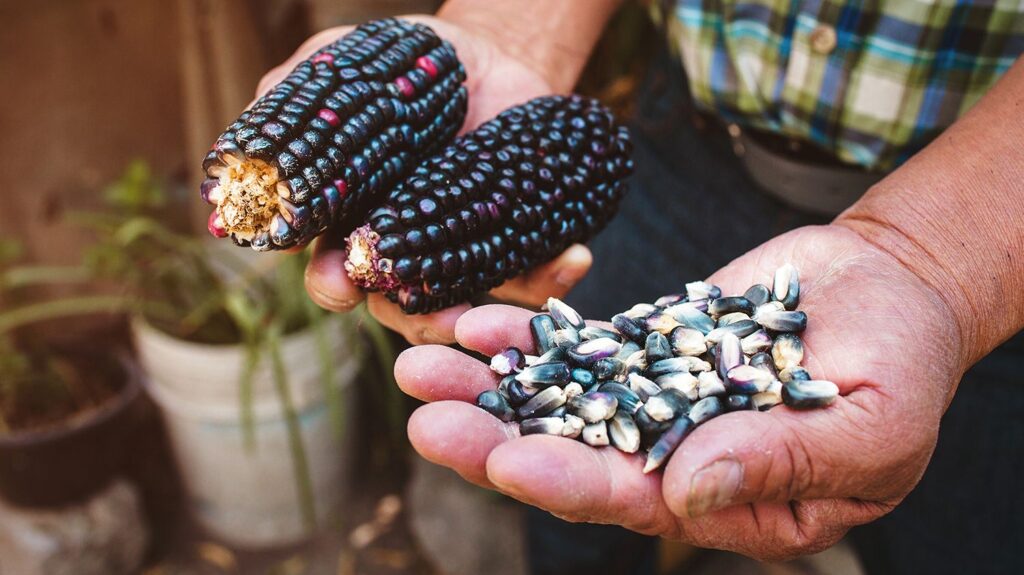Organized celebrations of Indigenous Peoples’ Day can be traced back to the early 1990s, around the time of the 500th anniversary of Christopher Columbus’ arrival in the Americas. Ahead of that date, local and international groups began to discuss an alternative to celebrating Columbus Day — focusing on promoting unity and liberation above the violence of Columbus’ expedition and colonization.
Since the first formal celebrations in South Dakota and Berkeley, California, cities and states across the U.S. have steadily adopted Indigenous Peoples’ Day as a formal holiday, held in tandem with or in place of Columbus Day. On October 8, 2021, President Joe Biden became the first president to formally recognize the holiday, to be observed Monday, Oct. 11, 2021.
The proclamation comes at a time when visibility of the struggles of Indigenous peoples’ is perhaps the highest it’s been in a long time: The letter mentions the disproportionate harm Native American communities have suffered from COVID-19, even as they’ve accomplished high vaccination numbers. And in late June of this year, hundreds of mass graves were uncovered near a former Indigenous school in Canada, bringing to light a history of widespread, forced family separation that indigenous families across North America were subject to for more than 100 years.
The proclamation also acknowledged not only ongoing treaties the federal government holds with sovereign Tribal Nations, but also the government’s obligation to invest in the future of Indigenous communities.
The plant-based origins of indigenous foods
Indigenous cuisines are rooted in ancestral ingredients provided by the local land. Sometimes this includes meat and fish, but it also largely relies on grains, roots, herbs, fruits and vegetables native to North America. Corn, wild rice, squash, tomatoes, beans and potatoes all have a featured role in many indigenous dishes.
Because food ties so closely to place, celebrating Indigenous peoples through food means also acknowledging the lands you occupy. Sites like Native-Land.ca can show you whose lands you reside on and the treaties that continue to be in place today.
“The treaties belong to tribes and every person who lives upon the lands to which they discuss,” says Chef Brit Reed. “Learn to be good stewards of the lands—tribes hold the Original Instructions of how to care for the land.”
The most important thing to know regarding Indigenous Peoples’ Day is that every day is Indigenous Peoples’ Day.
Chef Brit Reed
Many chefs acknowledge that access to ancestral ingredients can be a challenge. Food insecurity is a problem across Native communities, and there are many members of all Nations that have had to leave tribal lands, whether through forced migration or other reasons.
In the Well For Culture blog, founders Chelsey Luger and Thosh Collins address ways to reclaim indigenous foods, despite the challenges that may stand in the way. This includes mimicking portions, mealtimes and micronutrient profiles of ancestral meals, as well as a cultural practice of connecting with your food by showing gratitude and eating mindfully.
It’s also important to know the ways in which Indigenous dishes have evolved over time, often in ways that made them less healthy. Chef Brian Yazzie’s work feeding his community’s elders during the COVID-19 pandemic has highlighted another health crisis: 1 in 3 members of the Navajo Nation, where Yazzie grew up, has diabetes or prediabetes. Many blame that problem, at least in part, on the number of ingredients like beef and lard that were introduced into Native diets during colonization. Removing some of these ingredients and focusing on what the land provided before European settlers arrived can help make dishes more accessible to vegan diners.
3 plant-based recipes to celebrate Indigenous Peoples’ Day
Banaha Bread (Choctaw)
“The most important thing to know regarding Indigenous Peoples’ Day is that every day is Indigenous Peoples’ Day,” says Chef Brit Reed, whose family’s Choctaw traditions put her on a path to learning traditional foods and medicines, which ultimately led to her co-forming the group Food Sovereignty is Tribal Sovereignty.
An everyday food for the Choctaw Nation is banaha, a staple of the Choctaw diet that remains a traditional favorite.

Blue Corn Mush (Navajo)
Alana Yazzie, who blogs as The Fancy Navajo, shares this recipe with happy memories of buying it as she waited each year for the start of the Northern Navajo Nation Fair parade.
“I really love this recipe. It’s so quick and easy to make and it packs a lot of nutritional ingredients.” While Yazzie prefers to eat the dish sweet, topping it with honey, almonds and raspberries, she notes that her husband prefers a savory version with salt and butter, while others add it to soups.
Get the recipe here.

Three Sisters Dish (Diné)
Brian Yazzie, a Diné chef living in Saint Paul, Minnesota, who is from Dennehotso, Arizona, in the Northeastern part of the Navajo Nation, is known for applying modern techniques to hyper-local indigenous ingredients and ancestral recipes. For the chef, corn is a vital ingredient.
“Corn is our main ingredient. We not only eat it, but it also has ceremonial practices behind it,” Yazzie told Twin Cities PBS. His recipe for the Three Sisters Dish energizes the indigenous trinity ingredients of squash, beans and corn.
Get the recipe here.


